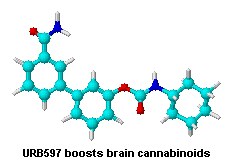This joint statement from the UK’s Medical Research Council’s National Institute for Medical Research and the World Health Organisation just in:
The genetic and antigenic analyses of viruses recovered from two fatal cases of H5N1 influenza in Turkey have been completed at the WHO International Influenza Centre at the MRC’s National Institute for Medical Research in Mill Hill, London.
These viruses are very closely related to current avian H5N1 viruses in Turkey, and also to those isolated at Qinghai Lake in Western China last year.
The gene sequences of the viruses indicate that they are sensitive to the antivirals Tamiflu and amantadine.
Virus from one of the human cases contains mutations in the receptor binding protein, haemagglutinin. One of these has been observed before in viruses from Hong Kong in 2003 and Vietnam in 2005. Research has indicated that the Hong Kong 2003 viruses preferred to bind to human cell receptors more than to avian receptors and it is expected that the Turkish virus will also have this characteristic.
You can read more on the bird flu story
 Latest on Urealert – a new drug known cryptically as URB597 boosts levels of brain cannabinoids and so could find use as in treating pain, depression, and anxiety disorders, without patients having to use cannabis itself…
Latest on Urealert – a new drug known cryptically as URB597 boosts levels of brain cannabinoids and so could find use as in treating pain, depression, and anxiety disorders, without patients having to use cannabis itself…